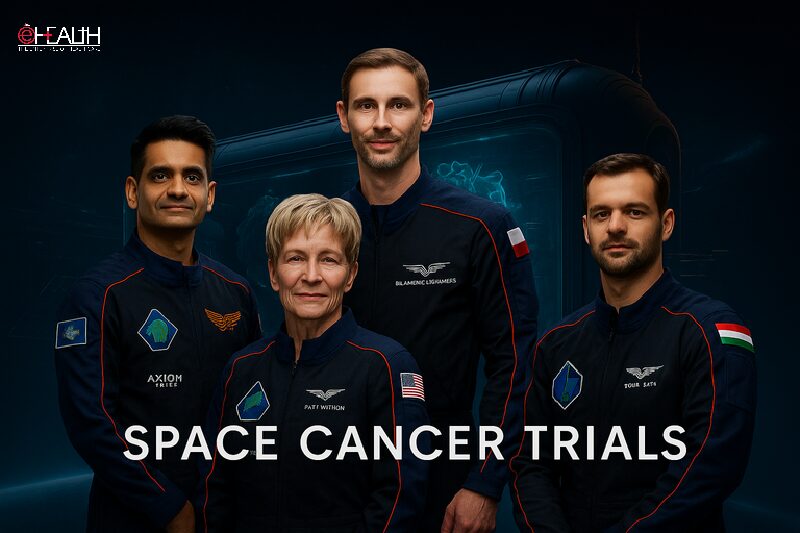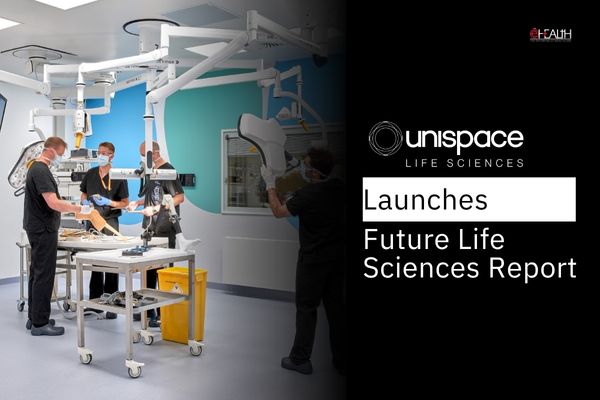Dr Harry G. Zegel, chief of Lankenau Medical Center’s Department of Radiology, and his team of radiology physicians and technicians had the rare opportunity to scan a pair of mummies. The hospital hosted a team from the Franklin Institute as part of the institute’s upcoming “Mummies of the World” exhibition. Using state-of-the art 3-D X-ray technology, they scanned an 800-year-old South American mummy of a child. The Lankenau team also assisted while Dr. Ildiko Pap and Dr. Heather Gill-Frerking conducted a laparoscopic endoscopy on an adult female mummy from the 18th century, a procedure not often conducted on a mummy. Through the laparoscopic endoscopy, Dr. Pap will be examining the abdominal, and possibly thoracic, cavities of the Hungarian adult female mummy. They extracted a small sample of tissue from the intestinal tract for analysis, testing for the possible presence of a bacterium that has been linked to the development of ulcers in the stomach and duodenum. The goals for the data analysis of the CT scan of the child were to accurately estimate the age at death as well as determine the extent and type of tumors identified from prior analysis. In just the first few minutes of the scan, Dr Gill-Frerking had already discovered something about the child. He had fibrous dysplasia on his jaw, a bone disease that destroys and replaces normal bone with fibrous bone tissue. The mummies are part of the popular traveling exhibit, Mummies of the World, set to make its Philadelphia debut at the Franklin Institute on Saturday, June 18. Mummies of the World is the largest exhibition of mummies and related artifacts ever assembled, featuring an astounding collection of 150 objects including real human and animal mummies.

Be a part of Elets Collaborative Initiatives. Join Us for Upcoming Events and explore business opportunities. Like us on Facebook , connect with us on LinkedIn and follow us on Twitter , Instagram.
"Exciting news! Elets technomedia is now on WhatsApp Channels Subscribe today by clicking the link and stay updated with the latest insights!" Click here!
















